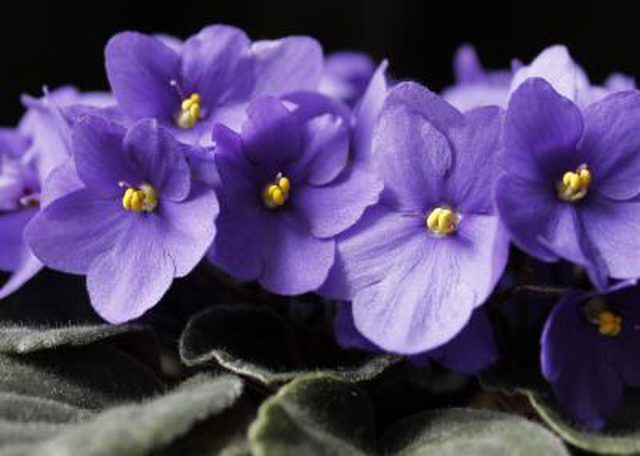Bulbs
Flower Basics
Flower Beds & Specialty Gardens
Flower Garden
Garden Furniture
Garden Gnomes
Garden Seeds
Garden Sheds
Garden Statues
Garden Tools & Supplies
Gardening Basics
Green & Organic
Groundcovers & Vines
Growing Annuals
Growing Basil
Growing Beans
Growing Berries
Growing Blueberries
Growing Cactus
Growing Corn
Growing Cotton
Growing Edibles
Growing Flowers
Growing Garlic
Growing Grapes
Growing Grass
Growing Herbs
Growing Jasmine
Growing Mint
Growing Mushrooms
Orchids
Growing Peanuts
Growing Perennials
Growing Plants
Growing Rosemary
Growing Roses
Growing Strawberries
Growing Sunflowers
Growing Thyme
Growing Tomatoes
Growing Tulips
Growing Vegetables
Herb Basics
Herb Garden
Indoor Growing
Landscaping Basics
Landscaping Patios
Landscaping Plants
Landscaping Shrubs
Landscaping Trees
Landscaping Walks & Pathways
Lawn Basics
Lawn Maintenance
Lawn Mowers
Lawn Ornaments
Lawn Planting
Lawn Tools
Outdoor Growing
Overall Landscape Planning
Pests, Weeds & Problems
Plant Basics
Rock Garden
Rose Garden
Shrubs
Soil
Specialty Gardens
Trees
Vegetable Garden
Yard Maintenance
The Meaning of Ophelia Flowers
The Meaning of Ophelia Flowers. Shakespeare often used flowers to symbolize emotions of characters. In "Hamlet," Ophelia—the love interest of the title character—hands out a series of flowers that are rich with meaning when she learns her father, Polonius, has been killed.
Shakespeare often used flowers to symbolize emotions of characters. In "Hamlet," Ophelia—the love interest of the title character—hands out a series of flowers that are rich with meaning when she learns her father, Polonius, has been killed.
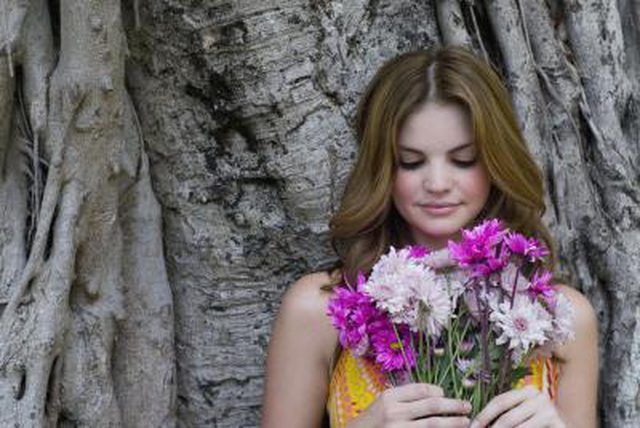
According to an article written by Katarina Eriksson, the former head gardener of the Huntington Library, Museum and Botanical Garden in San Marino, California, when Ophelia gives her brother, Laertes a flower and says, "There's rosemary, that's for remembrance; pray you, love, remember," Shakespeare is citing rosemary as a symbol of faithfulness and remembrance. Ophelia, Eriksson says, is urging her audience to "remember what's been happening" and encouraging her brother, Laertes, to "examine where true loyalties seem to lie."
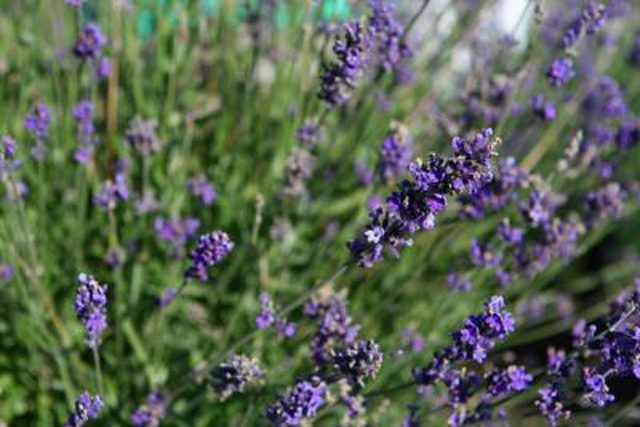
When Ophelia says, "And there is pansies, that's for thoughts," she's calling attention to the notion of faithfulness and thoughtful recollection. Eriksson tells us that the pansies Ophelia is referring to are the viola tricolor variety.
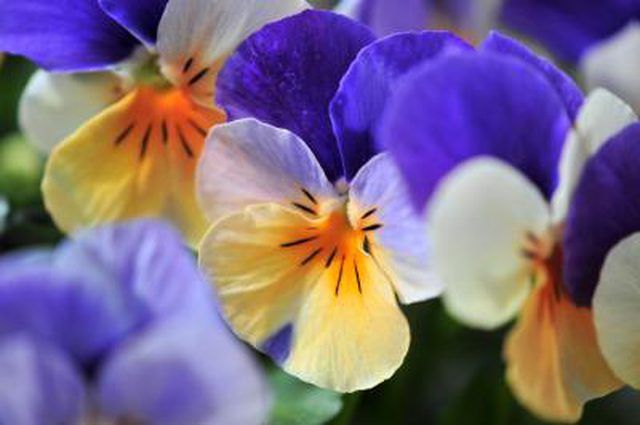
When Ophelia presents fennel and columbine to the king, a Shakespearean audience would have recognized the pairing of flattery and foolishness. She knew the king loved flattery, so she first presented fennel and then columbine. The latter, known as the "emblem of deceived lovers," is a symbol of ingratitude, male adultery and faithlessness.
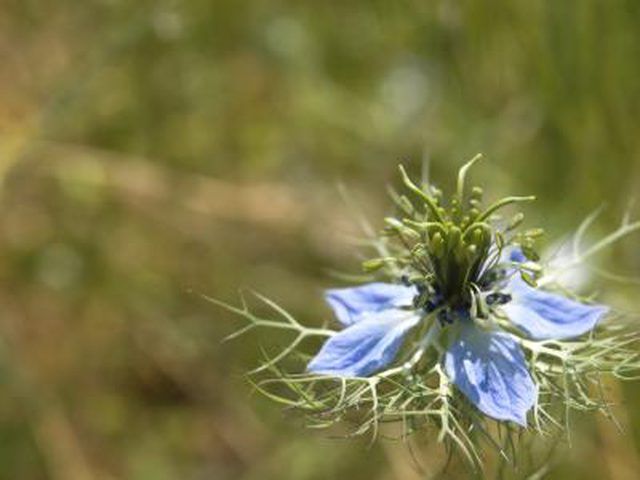
Continuing with her insults and insinuations, Ophelia presents the bitter herb rue to the queen saying, "There's rue for you; and here's some for me. We may call it herb of grace a Sunday's. O, you must wear your rue with a difference." Eriksson explains that "rue was the major cause of abortion in its day, which is also why it was tied in with adultery."
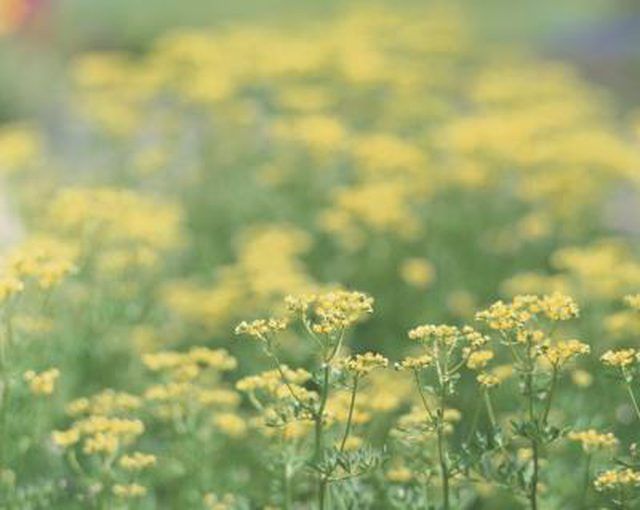
Ophelia then sees an English daisy, which represents a gentleness, innocence and righteousness she feels has been lost in the court. When she picks up and admires a daisy, only to sadly put it down, she is making a statement of a loss of innocence and loyal love.
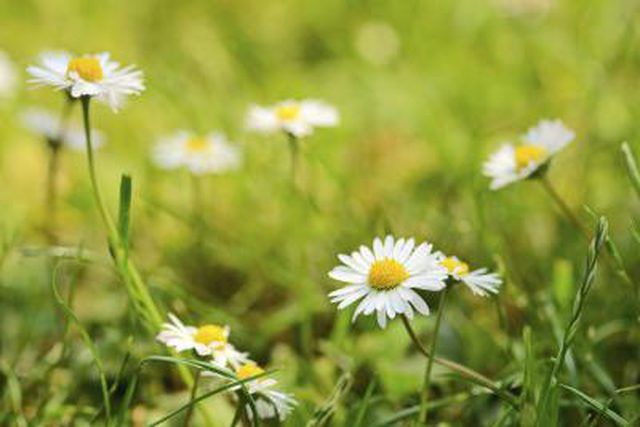
Ophelia closes by saying, "I would give you some violets, but they wither'd all when my father died." This openly questions the faithfulness, modesty and integrity of the king and queen, Eriksson asserts.
